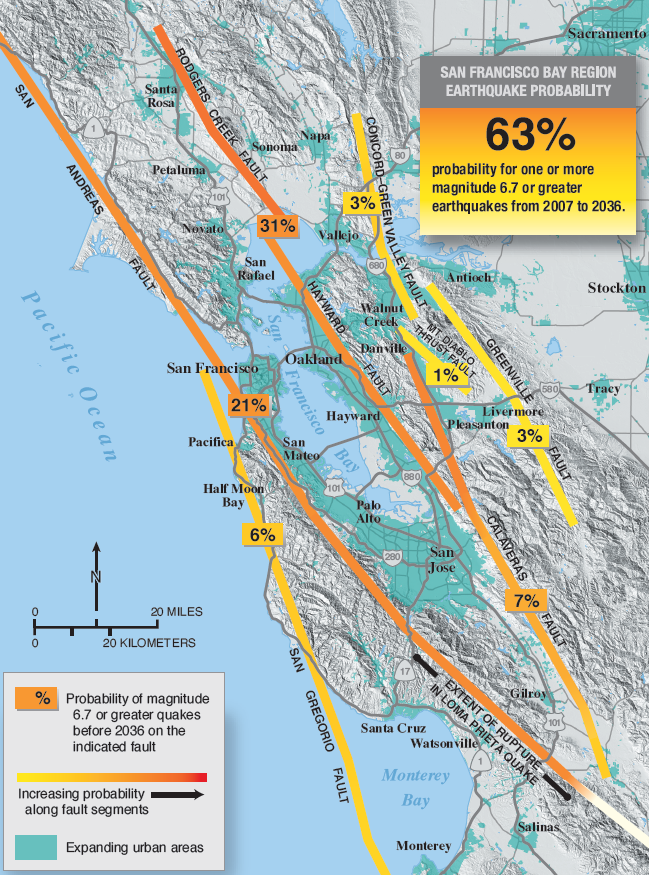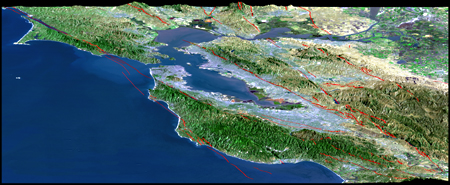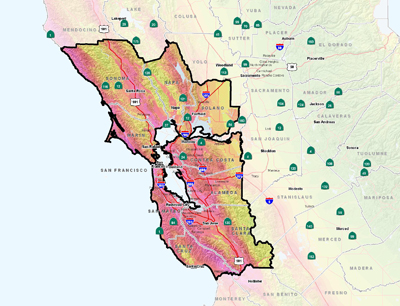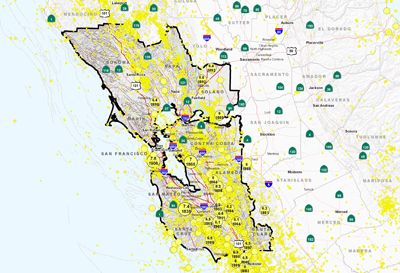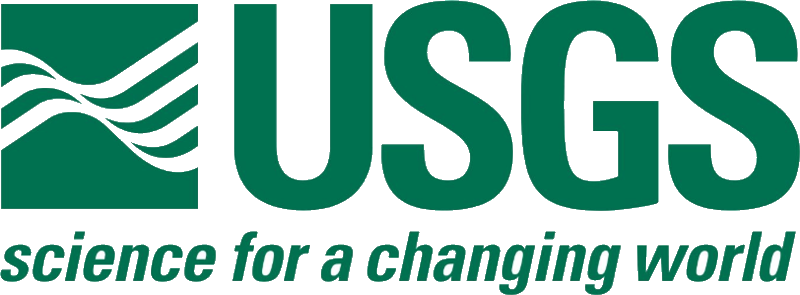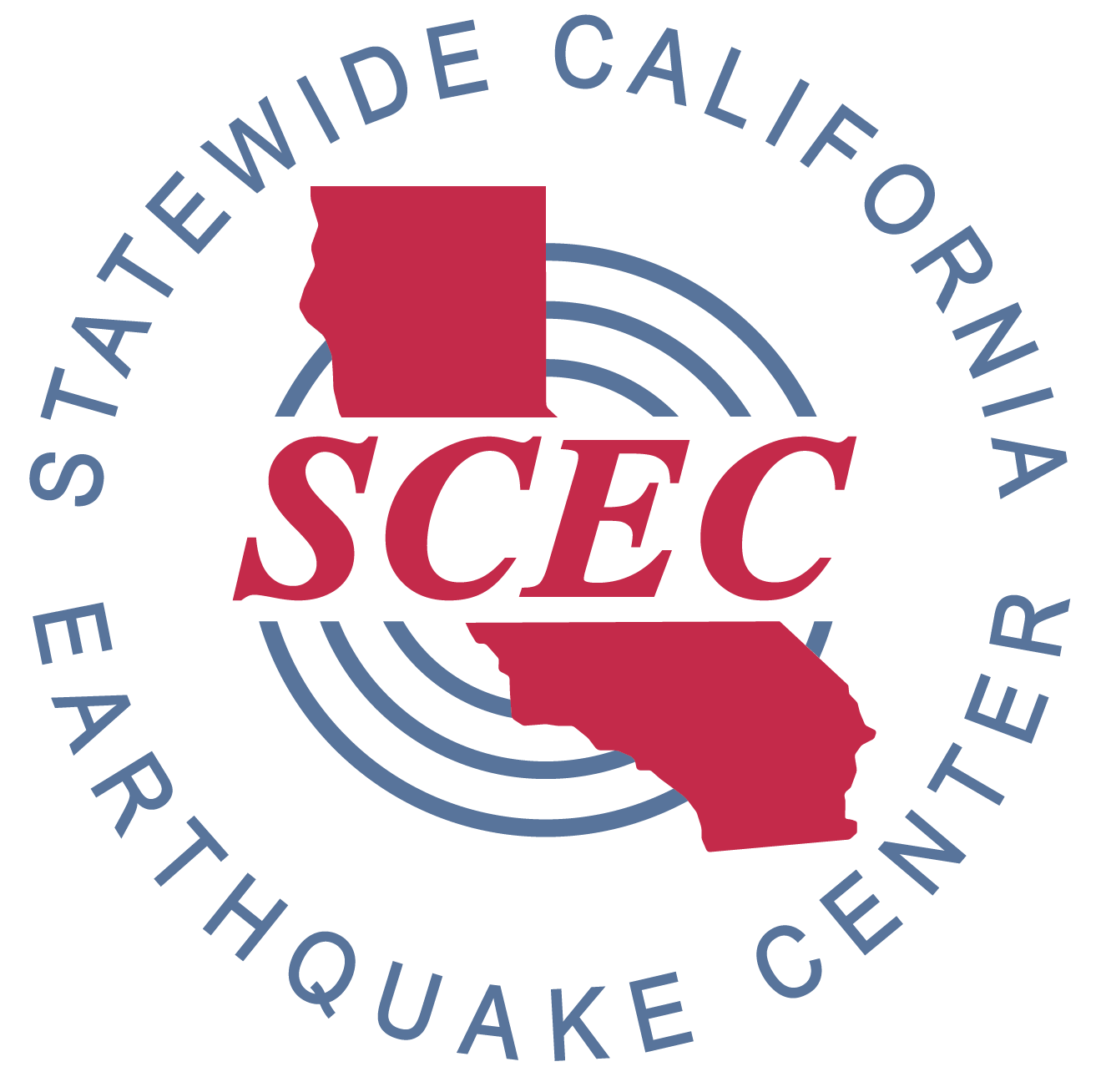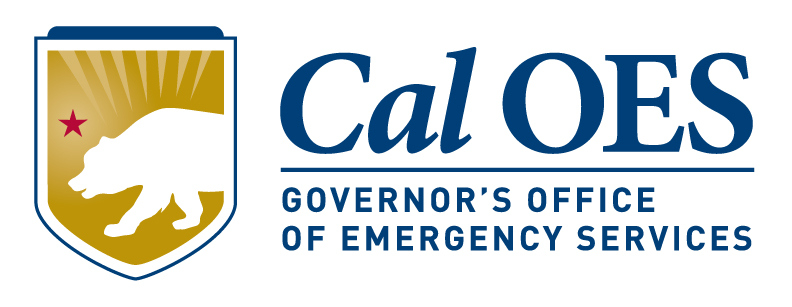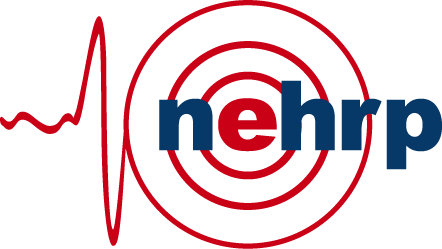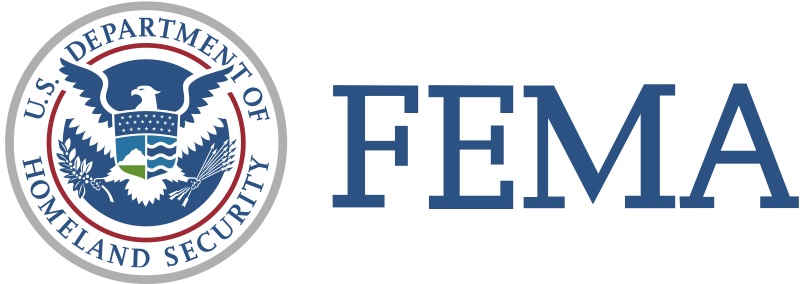- ▾ Other ShakeOuts ▾
- Alaska
- American Samoa
- Arizona
- British Columbia
- California
- Central U.S. (AL AR IA IL IN KS KY LA MO MS NE OH OK TN)
- CNMI
- Colorado
- Guam
- Hawaii
- Idaho
- Japan
- Montana
- Nevada
- New Mexico
- New Zealand
- NorthEast U.S. (CT MA ME NH NJ NY PA RI VT)
- Oregon
- Puerto Rico
- Quebec & Eastern Ontario
- SouthEast U.S. (DC DE FL GA MD NC SC VA WV)
- Texas
- Upper MidWest U.S. (MI MN ND SD WI)
- U.S. Virgin Islands
- Utah
- Washington State
- Wyoming
- Yukon
- Other Countries

Bay Area Earthquake Hazards
The beauty of the Bay Area evokes a sense of pride from residents, and attracts visitors worldwide. Those lucky enough to live in the Bay Area know how breathtaking the area can be. But we all know that we live in earthquake country. But since this area of California has a high likelihood of future damaging earthquakes, understanding the risks and preparing to survive and recover can help keep your family safe.
Most people in the Bay Area live less than 10 miles from a fault that can have a damaging earthquake, such as the the San Andreas on the Peninsula and the Hayward fault through the East Bay. Numerous other faults are capable of having damaging earthquakes similar to the 1989 Loma Prieta earthquake. Larger earthquakes, like the 1906 earthquake, can occur on the San Andreas and cause damage throughout the region. Even away from faults, soils in lowland areas may be unable to support buildings during earthquakes and landslides are likely on hillsides.
Life After a Big Quake
These earthquakes will disrupt services like electricity, water and sewer, and may limit access in and out of the region. Fire and police departments will be dealing with the most serious situations and may be unable to respond quickly to issues in your community. Government assistance may not be available or not enough to replace your damaged belongings or repair your home. Good news: Preparing now will give you confidence that you and your family will stay safe where the earth shakes.
Participants
people are currently registered to participate in this year's Great California ShakeOut.
are from
the Bay Area.
Number of Bay Area participants in each category
View names of participants:
Learn More
The San Francisco Bay Area is underlain by a complex web of active faults (see map at right). The 2008 UCERF2 Report calculates a 63% probability that the Bay Area will suffer a magnitude 6.7 earthquake or larger in the next 30 years. This earthquake hazard extends across the entire area from the well-known San Andreas to the lesser-known Greenville and Green Valley faults. If you live in the Bay Area, it is very likely that the next large earthquake will affect you: either directly, by damaging your home, neighborhood, or workplace, or indirectly, by damaging the infrastructure and economy of the area.
If a large earthquake occurs in the Bay Area, severe ground shaking or ground failure could damage your home or workplace, leaving you without shelter or without income. In densely populated neighborhoods, fires can follow earthquakes and produce greater devastation than the original ground shaking. You can mitigate this potential damage by retrofitting and insuring your home, and by taking steps to make your workplace more earthquake-safe. It is likely that a large earthquake will cut the electricity and water supply to many areas: residents are urged to store supplies of food and water that will last at least 72 hours.
The Bay Area has a vital and interdependent economy built on computers, biotech, banking, medicine, shipping, and tourism, to name a few of our many important industries. The lifelines of energy, water, and transportation are critical to this economy, and unfortunately, vulnerable to damage from earthquakes. Large earthquakes can damage infrastructure and cripple the economy through a series of smaller failures. While Caltrans, PG&E, SFPUC, and EBMUD have devoted considerable resources to retrofitting their facilities in the 20 years since the Loma Prieta earthquake, many vulnerabilities remain. Small businesses in the Bay Area cities are also at great risk to earthquake damage, and to the fires that can follow earthquakes.
All residents of the Bay Area will face challenges after a large earthquake. The loss of home and possessions, the severing of utility and transportation lifelines, and dislocation or slowdown of business are hardships that the Bay Area will suffer. Everyone in the Bay Area is responsible for being prepared for an earthquake, both at home and in the workplace. From individual citizens to schools, businesses, and local governments, residents can prepare for earthquakes so that they can survive their effects. The information on this website and at http://www.earthquakecountry.org details what steps you can take to mitigate your earthquake hazard. Take the time to review this information, and Be Prepared Now!
MyHazards
California Emergency Managment Agency
Use this website to discover the hazards that exist in your area and learn how to reduce YOUR risk!
USGS Earthquake Science Center - Northern California
United States Geological Survey, Northern California
Fault and earthquake maps, shaking hazard maps, liqufaction maps, and other information
United States Geological Survey, Northern California
ABAG Earthquake and Hazards Maps/Info
Association of Bay Area Governments
Fault maps, historic earthquakes, how the ground is expected to shake, and much more
California Geological Survey (CGS)
Forecast of California Earthquakes
Southern California Earthquake Center, USGS, and CGS
Earthquake Shaking Potential Map of California (Dec. 2008)
California Geological Survey (CGS)
Maps of recent earthquakes, ShakeMaps for larger earthquakes, email notification, and more
California Integrated Seismic Network
Earthquake, Tsunami & Volcano Programs
California Governor's Office of Emergency Services
Additional contacts by county include:
In Alameda County: Alameda County Office of Emergency Services, (925) 803-7800.
After-Hours Emergency Contact Number: (510) 667-7721
In Contra Costa County: www.cocosheriff.org/disaster-preparedness/emergency-services-division or (925) 646-4461
After-Hours Emergency Contact Number: (925) 228-5000
In Marin County: www.marinsheriff.org/about.aspx?gi_id=46 or (415) 499-6584
After-Hours Emergency Contact Number: (415) 499-7243
In Napa County: www.countyofnapa.org/Pages/DepartmentContact.aspx?id=333 or (707) 253-4257 or (707) 253-4176
In San Francisco County: www.sf72.org
In San Mateo County: www.smcready.org or (650) 363-4790
After-Hours Emergency Contact Number: (650) 363-4915
In Santa Clara County: www.sccgov.org/sites/oes/Pages/Office-of-Emergency-Services.aspx or (408) 808-7800
In Solano County: www.co.solano.ca.us/Depts/oes/default.asp or (707) 784-1600
After-Hours Emergency Contact Number: (707) 421-7090
In Sonoma County: http://sonomacounty.ca.gov/Departments-Agencies/Fire-and-Emergency-Services
or (707) 565-1152

